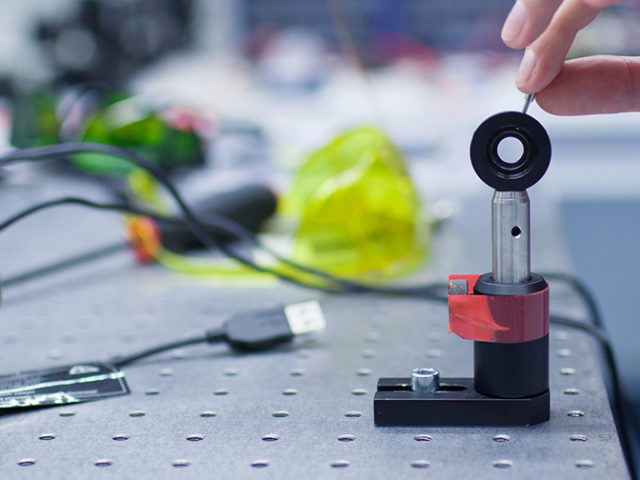The Giotto project, launched by EPFL startup Learn to Forecast, intends to revolutionise the way we use artificial intelligence. Drawing on the science of shapes, Giotto pushes AI forward by making it more reliable and intuitive in areas such as materials science, neuroscience and biology. Giotto is open-source and available free of charge on GitHub, and it’s already being used by some EPFL scientists.
Researchers use artificial intelligence to solve complex problems, but it’s not a transparent science: AI’s computational capabilities often exceed our understanding and raise issues of reliability and trust among users. “Algorithms are becoming increasingly complex,” says Matteo Caorsi, the lead scientist at Learn to Forecast (L2F). “It’s very hard to understand how they work and thus to trust the solutions they provide or predict when they might get things wrong.”
Shapes hidden within data
To address this problem, L2F followed an intuitive approach based on the science of shapes. The result is Giotto, a free and open-source library that aims to revolutionize the way we use machine learning. “Humans understand shapes and colors better than numbers and equations,” says Aldo Podestà, the CEO of L2F, “which is why we think that we can use topology – the science of shapes – to build a new language between AI and users.”
Giotto offers a toolkit that uses algorithms inspired by topology to address some of the shortcomings of machine learning. Users don’t need to be fluent in advanced mathematics, since Giotto is a turnkey method of revealing structures previously hidden within a dataset. “This new form of AI is based on graphs and their multidimensional versions, in other words, geometrical objects that can reveal essential structures within the data,” says Thomas Boys, a co-founder at L2F.
Source: “With Giotto, artificial intelligence gets a third dimension”, Sarah Aubort, EPFL




